The Sheet Face Mask Market is currently characterized by a dynamic competitive landscape, driven by increasing consumer demand for skincare products that offer convenience and efficacy. Key players such as L'Oreal (France), Procter & Gamble (US), and Estée Lauder (US) are strategically positioning themselves through innovation and regional expansion. L'Oreal (France) has been focusing on enhancing its product portfolio with sustainable ingredients, which aligns with the growing consumer preference for eco-friendly products. Meanwhile, Procter & Gamble (US) is leveraging digital transformation to enhance customer engagement and streamline its supply chain, thereby improving operational efficiency. Collectively, these strategies contribute to a moderately fragmented market structure, where the influence of major players is significant but allows room for emerging brands to carve out their niches.
In terms of business tactics, companies are increasingly localizing manufacturing to reduce lead times and enhance responsiveness to market demands. This approach not only optimizes supply chains but also mitigates risks associated with global logistics. The competitive structure of the Sheet Face Mask Market appears to be moderately fragmented, with several key players dominating while numerous smaller brands continue to emerge, driven by niche marketing and innovative product offerings.
In August 2025, Estée Lauder (US) announced a partnership with a leading technology firm to develop AI-driven skincare solutions, which is expected to revolutionize personalized skincare regimens. This strategic move underscores the company's commitment to innovation and positions it favorably in a market that increasingly values tailored consumer experiences. The integration of AI technology could potentially enhance product efficacy and customer satisfaction, thereby driving sales growth.
In September 2025, Unilever (GB) launched a new line of biodegradable sheet masks, reflecting its commitment to sustainability. This initiative not only addresses environmental concerns but also aligns with consumer trends favoring eco-conscious products. By prioritizing sustainability, Unilever (GB) is likely to strengthen its brand loyalty and attract a broader customer base, particularly among environmentally aware consumers.
In October 2025, Shiseido (Japan) unveiled a new marketing campaign focused on the benefits of its sheet masks, utilizing social media influencers to reach younger demographics. This strategic focus on digital marketing and influencer partnerships indicates a shift towards more interactive and engaging consumer outreach, which may enhance brand visibility and consumer engagement in a competitive market.
As of October 2025, the Sheet Face Mask Market is witnessing trends that emphasize digitalization, sustainability, and the integration of advanced technologies such as AI. Strategic alliances among key players are shaping the competitive landscape, fostering innovation and enhancing product offerings. Moving forward, competitive differentiation is likely to evolve from traditional price-based competition to a focus on innovation, technological advancements, and supply chain reliability, as companies strive to meet the sophisticated demands of modern consumers.
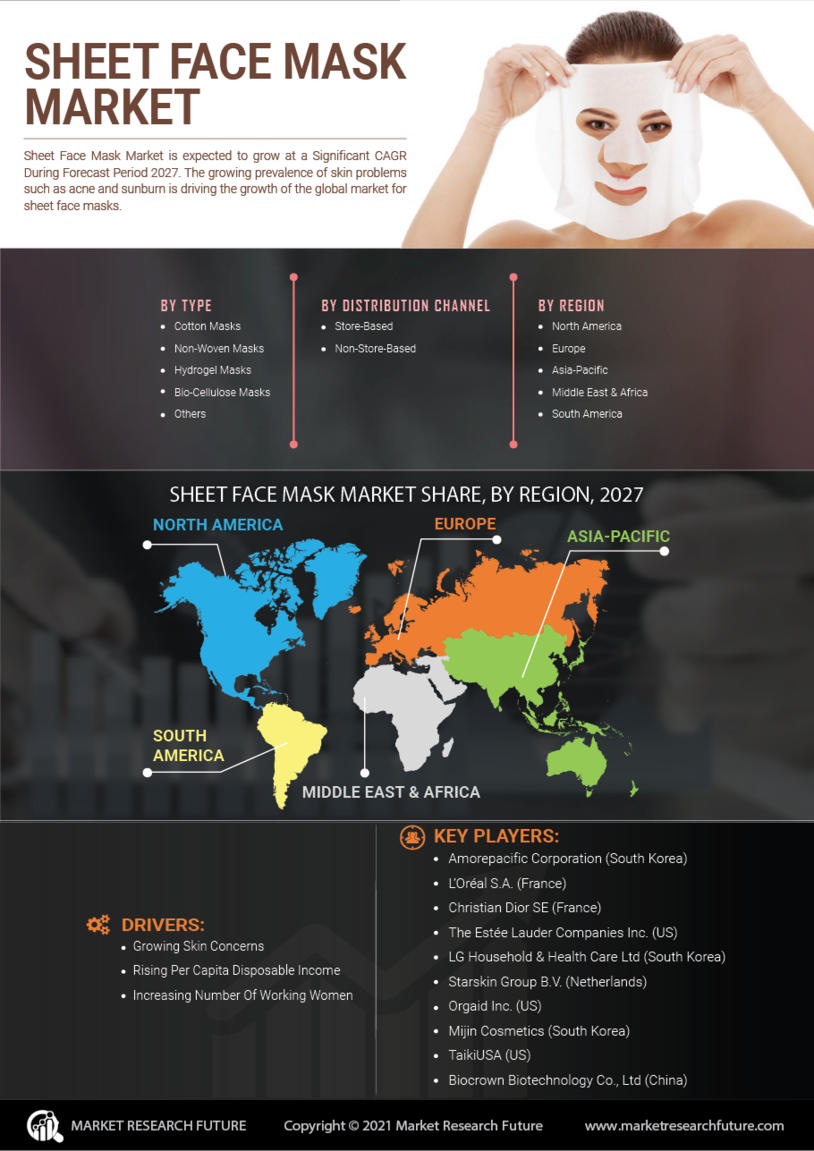

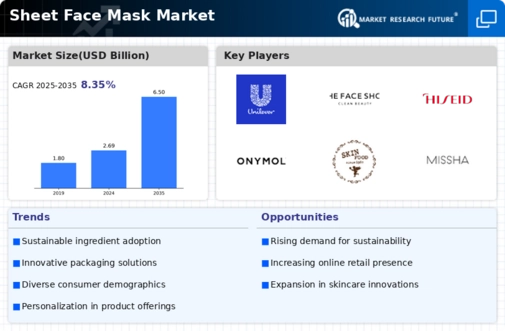
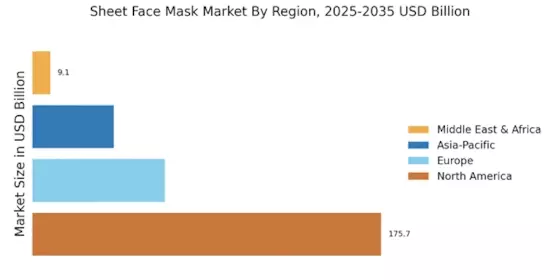
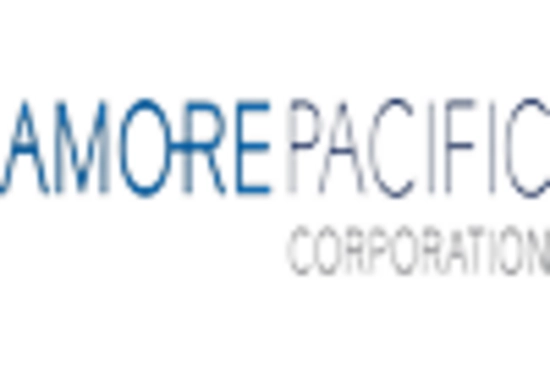
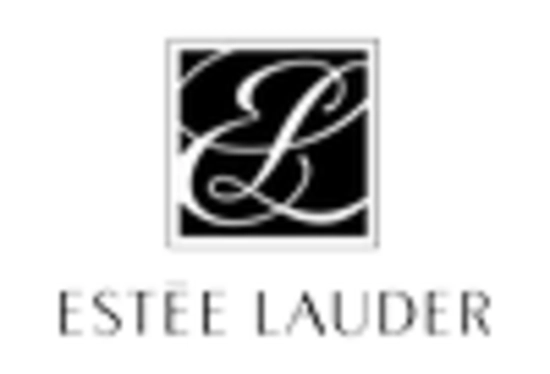
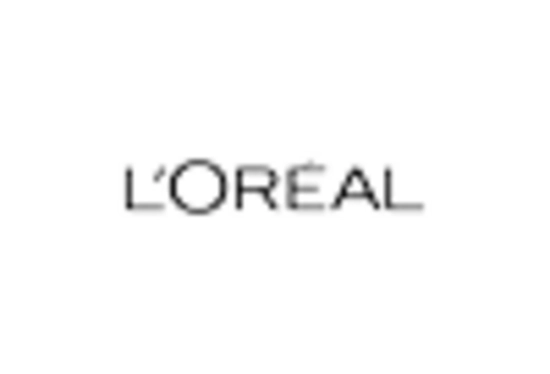
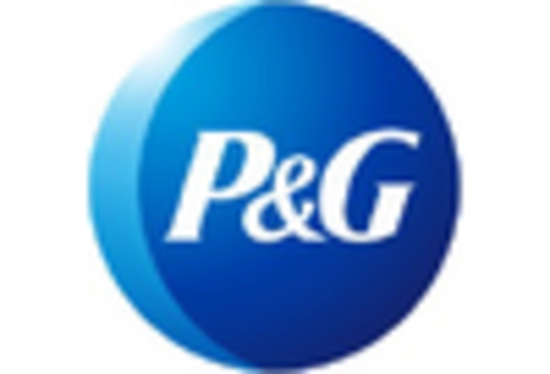
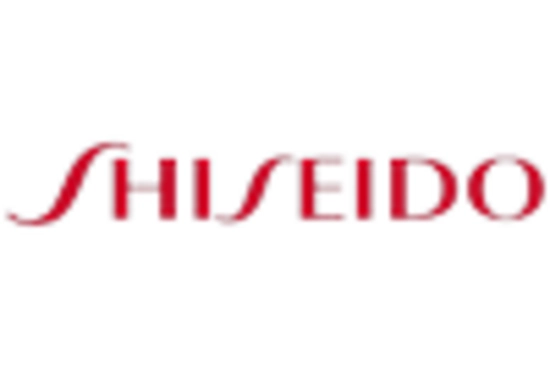
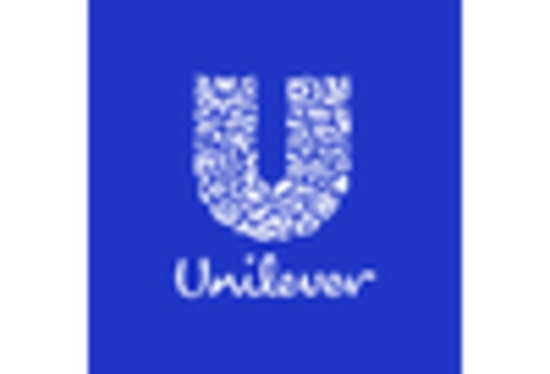








Leave a Comment